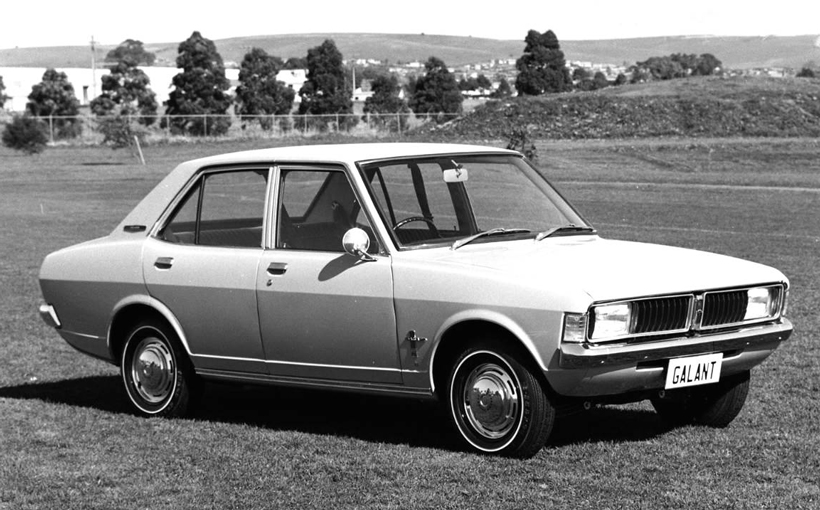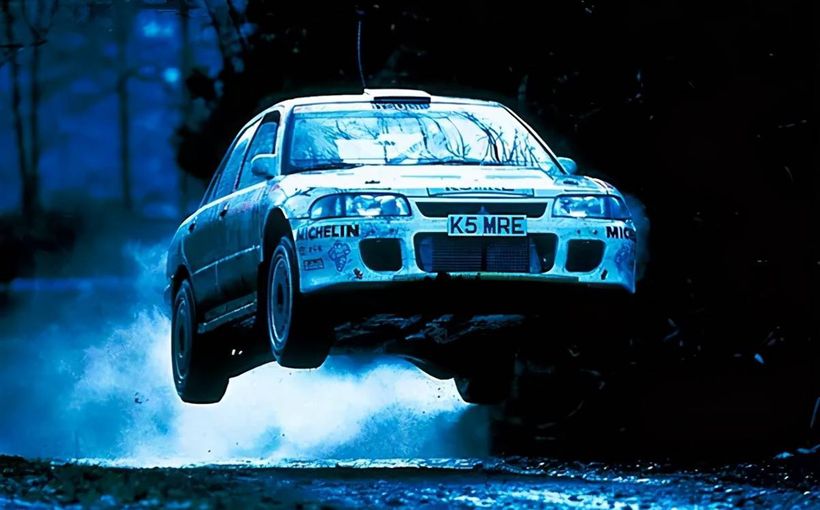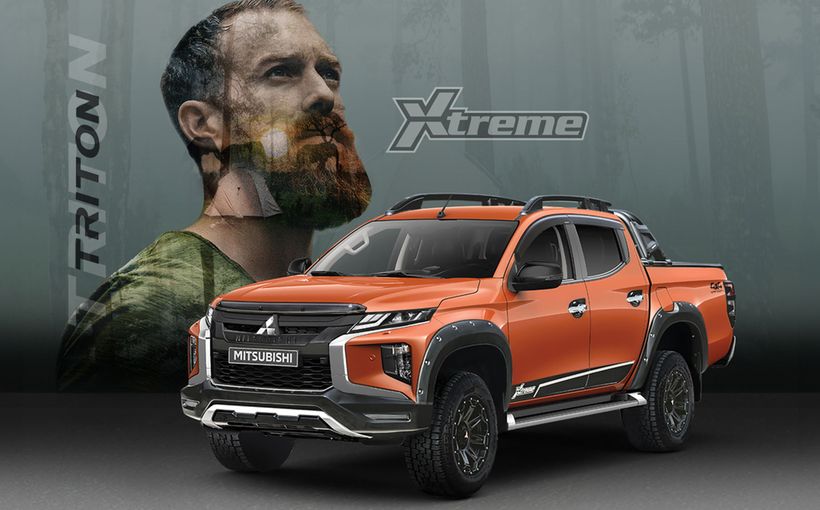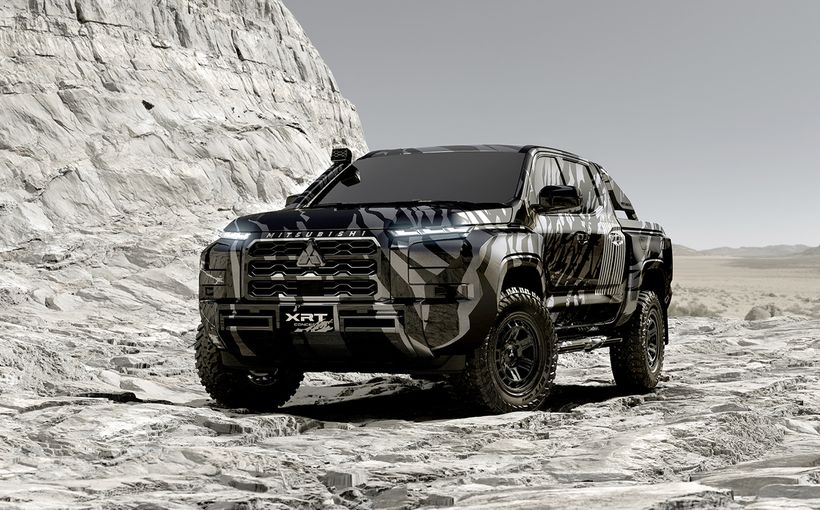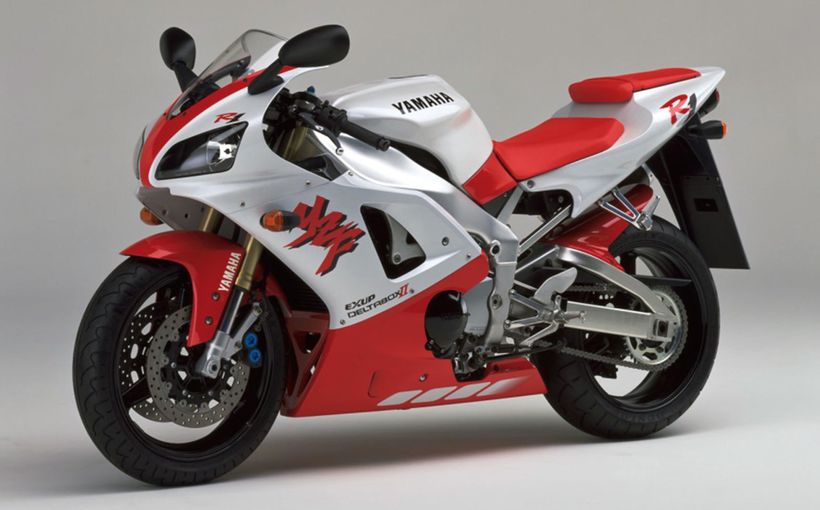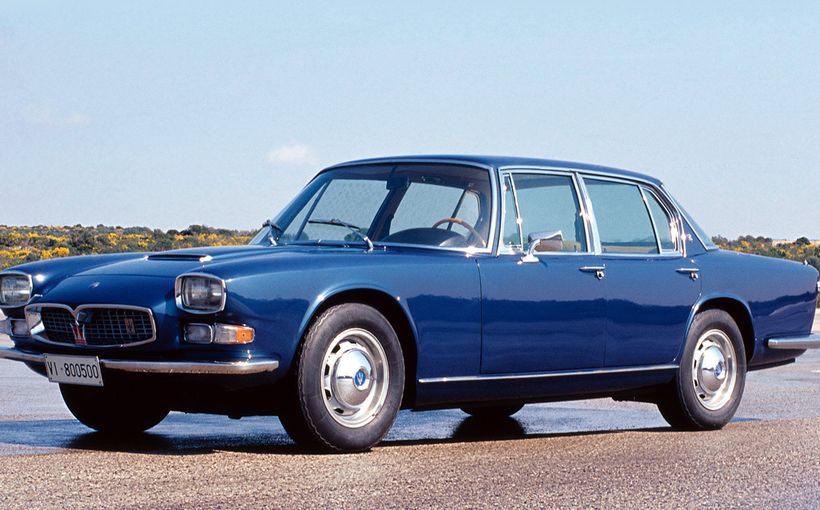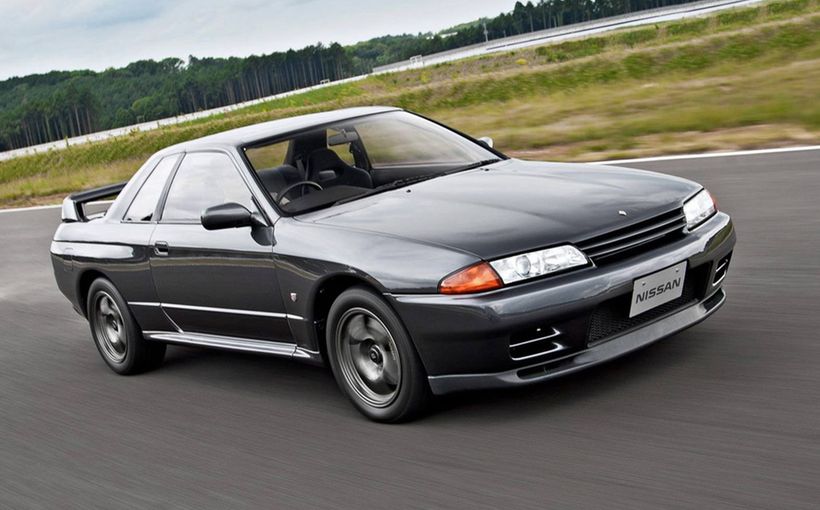Mitsubishi Galant and Lancer: excellent little Japanese cars give Chrysler headaches
Has there ever been a better example of the tail wagging the dog than Mitsubishi and Chrysler Australia? In 1971 Chrysler Corporation bought a 15 per cent share in the newly formed Mitsubishi Motors Corporation, a wholly owned subsidiary of Mitsubishi Heavy Industries. Eight years later, MMC and Mitsubishi Corporation each purchased a one-sixth share in Chrysler Australia.
Finally, in April 1980 Mitsubishi bought all the remaining shares from the Chrysler Corporation and formed Mitsubishi Motors Australia Limited (MMAL). The Valiant would die in 1981 and the next model Galant, sold so successfully since 1977 as the Chrysler Sigma, resumed its Mitsubishi name even though ‘Sigma’ continued to be used instead of ‘Galant’.
Chrysler Australia played plenty of word games with its range during the 1970s.
The Galant name became familiar to Australian car buyers in 1971 when the 1.3-litre Mitsubishi A50-series model was introduced as the Colt Galant. Despite its Mitsubishi brand, little mention was made of it, perhaps for fear of offending Australian sensibilities just 26 years after the conclusion of World War 2.
Even though Toyota, Nissan and even Toyo Kogyo (manufacturer of Mazdas) were all well established here before 1970, there was still evidence of nervousness among the importers and distributors of some Japanese cars. Significantly, one magazine advertisement I spotted for the striking new Bellett GT coupe didn't use the word ‘Isuzu’ at all, effectively branding the car ‘Bellett’ after the success of the sedan launched here in 1963.)

Almost at the earliest opportunity, Chrysler Australia’s marketing executives, turned the ‘Mitsubishi Colt Galant’ into the ‘Chrysler Valiant Galant’, which struck many industry observers and enthusiasts (including the very young me) as strange, to say the least. But as late as the early 1970s the Valiant sub-brand still carried prestige. (By 1980, when Mitsubishi ran Tonsley Park, renaming the Valiant the Mitsubishi Valiant could hardly have further damaged its ailing reputation and (thankfully) it remained a ‘Chrysler’ until the end.)
Interestingly, Chrysler Australia fielded a larger and more diverse range of four-cylinder sedans to complement its mainstream Valiant than either GM-H or Ford Australia. Its foray into fours began on 1 July 1959 when the announcement was made that it would assemble Simca Arondes (and, in smaller numbers, the Vedette with its outdated Ford side-valve V8) in the Tonsley Park plant where Valiants were built.
Later, Chrysler's increasing interest in – and eventual takeover of – the Rootes Group saw it assembling Hillman Hunters. When local production of the slow-selling British car ceased in 1972, the transition to assembly of the Galant (again, from CKD packs) seemed a logical move.

Thus, while GM-H had only the Vauxhall Viva until the HB model with Coke-bottle hip was launched as the Holden Torana from 1967 and Ford Australia had the 105E Anglia from 1959 and the Cortina from 1962, cosmopolitan Chrysler sourced its smaller models first from France, then from Britain, and finally from Japan.
By contrast, Holden would not bring a Japanese-sourced car to the market until the (Isuzu) Gemini in 1975, while Ford reworked the Mazda 323 as the Laser for 1981.
While the Aronde was a success on the local market, the various Hillmans tended to struggle against their rivals. It was difficult to see, for example, why a buyer might choose a Hillman Hunter in 1967 over a Datsun 1600 or even a Ford Cortina. By spending only a relatively small amount extra the choice could be expanded to include the Peugeot 404 and, in 1968, the charming Fiat 125 with twin overhead camshaft engine and four-wheel disc brakes.
Internationally, through the 1960s and 1970s Chrysler was broadening its footprint. Eventually, it took over Simca entirely and that company’s last new design, the Chrysler 160/160GT/180, was sold here in 180 guise as the Chrysler Centura. (This four-cylinder French machine, like its English Cortina rival, worked fine with a four-cylinder engine but suffered from evil handling when a heavy Australian sixpack was fitted instead.)
By late 1974, Chrysler Oz was manufacturing the Valiant, assembling the Galant and importing the little Mitsubishi Lancer which was, of course, sold as a Chrysler. (While Chrysler Australia had stopped short of marketing the Hunter as a Chrysler, it did feature the Pentastar badge and mention of ‘Hillman’ was scant.)
The 1971 Colt Galant was astonishingly fast for its day. Its SOHC engine displaced just 1289cc but made 87 brake horsepower. The optional 1499cc unit which quickly followed made 95. Context? The 1725cc Hillman Hunter could manage just 73 horsepower.
As for the figures, the 1.3-litre Galant’s zero to 60 time (Modern Motor, October 1970) of 11.2 seconds and top speed of 97 put it not in among the Coronas so much as the Escort GT and even the far more expensive 1.6-litre DOHC Fiat 125!
The point that must be remembered here is that the Galant was an entry point to the Chrysler Australia range, a simple and economical car with a level of performance and handling poise hardly expected by its target market.
Mitsubishi had big export plans for its Colt Galant and the car was sold in three different body styles – sedan, hatch and wagon – in the US as the ‘Dodge Colt’.
A facelifted version of the locally assembled Galant was released locally at the end of 1972. In some respects this must be judged the best version of all because it offered a 1.6-litre engine in the original compact body (a 1.4-litre unit being standard). This car is distinguished externally by its new plastic radiator grille and quad headlights.
Motoring journalists began to compare the smaller Galant with slightly bigger cars such as the Datsun 180B. The 1.6-litre edition cost exactly one dollar less than the Datsun. At launch, pricing was $2349 for the 1.4-litre manual and $2469 for the 1.6. The Deluxe was available only with the bigger engine. The manual cost $2569. Or you could specify automatic transmission ($2824).
The 1.6 was a bored-out version of the 1.5 and delivered 100 brake horsepower. This same engine would be carried over to the larger GC (with VJ-Valiant-like eggcrate grille), which arrived here in July 1974 in a much larger range of variants including a wagon and, later, an elegant coupe.
The September 1974 issue of Wheels carried a story headed ‘Chrysler's Bigger Galant: Full details on the first of many new small Chryslers’:
The new Galant is here – and Chrysler has fired its first salvo of a three-pronged attack to capture a major portion of the Australian light car market
Featuring a longer, wider and more rounded body, the new Galant GC is the car with which Chrysler are looking to increase its share of the market against Toyota’s Corona SE, Datsun’s 180B, Mazda’s Capella/RX-2 and even GM-H’s new Torana 1900...
Salvo Number Two will be fired later this month when Chrysler will launch the smaller Lancer on the local market.
This will be the mass production version of the car which gained Mitsubishi worldwide headlines with a shock win in the East African Safari earlier this year.
Powered by a 1400cc SOHC Motor the Lancer will be marketed in both two- and four-door versions in direct opposition to the Datsun 120Y, Toyota Corolla, Mazda 1300, Honda Civic, Ford Escort and Torana 1300/1750 – the most competitive sector of the Australian car market.
And Salvo Number Three will be the release of the French-developed 180 early next year.
Early sales of the first Galant didn’t meet Chrysler’s expectations and just 6834 found homes in 1972. But the following year’s 11,066 was much better.

In the way that we have become so used to over the past few decades, smaller cars tended to grow bigger with every major model change, and so it was with the Galant. The car launched here in 1971 was just 13 feet four inches (4074mm) long, five feet one and a half inches wide (1527mm) and weighed 16 hundredweight (858kg). But the GC was 5.6 inches (1539mm) longer, 1.5 inches (3.8mm) wider (thanks to flared arches) and half a hundredweight (25kg) heavier.
Writing of its predecessor, an unidentified Wheels journalist rather curiously observed in a news story in the June 1974 edition that it was ‘an in-between car. It was neither a Corolla beater nor a Corona beater in terms of size or engine capacity. It tried to cover both areas with just one model.’
The point was that the larger GC would compete directly with the 180B and Corona, while the Lancer would tackle the smaller models. What the journo failed to mention was that the original Galant had absolutely blitzed all rivals smaller and larger on performance.
In many respects the Lancer served to replace the 1969 Galant (our 1971 car), while the 1974 GC moved up to the next segment. At 13 feet neat, it was just four inches shorter. It was marginally heavier (and felt more solid) at what today seems an astonishingly light 830kg. The Lancer had an even better power to weight ratio than the first series Galant, giving it slightly better acceleration. By the time the Lancer was on sale, Australia had gone metric and this was neatly reflected in comparing the Galant’s recorded top speed of 97 miles per hour with the Lancer’s 155km/h: the same! This nifty little car with its excellent power to weight ratio and agile handling was soon a motorsport regular.
Steve Cropley put the bigger picture view – entailing interesting dilemmas for Chrysler Australia – neatly in the November 1974 edition of Wheels:
Chrysler told WHEELS at a recent press conference the Lancer would be fully imported to Australia at an initial rate of only 6000 a year. This simply isn’t enough units to take a big slice of small car sales. After all, close to 6000 of those cars (1.2-litre to 1.4-litre) were sold in June alone – and that doesn’t include the 500 or so station wagons which also took to the roads.
Explaining the low Lancer volume, Chrysler Australia’s marketing director, Gordon Pfeiffer, says the company is ‘walking on eggs’ because it doesn’t want to commit itself to large-scale imports of fully built-up cars while there are uncertainties over what legislation the Industries Assistance Commission reports will provoke.
But there are two other uncertainties. One is the threat of union action to stop imports of a greater number of cars than were brought in – particularly from Japan – in the past year, and the second is Chrysler’s natural desire to avoid having the Lancer steal sales from the car Chrysler sees as its small car ‘big mover’, the Galant.
Remember that this was 1974 and many of the union members who were opposed to large number of cars being imported fully built-up particularly from Japan would have fought in the Pacific against Japan in World War Two. These would be among those people who (remembering Ford Australia’s Bill Bourke’s famous remark) would not be parking a Japanese car on RSL grounds!
Now, returning to Cropley’s analysis:
Chrysler is shifting Galants at the rate of 1000 a month at the moment and says that rate could double in the next year. Galants are assembled here from 35 per cent Australian parts and 65 per cent Japanese and because of that they’re much better protected from union attention.
The danger of the Lancer clashing with the Galant is a serious one, even though Chrysler’s men profess not to be worried about it.
These were challenging times indeed for Australian automotive manufacturers. The switch from imperial to metric measurements implies the arrival of a more modern Australia. But the downsides were considerable. In the 1974-75 context politics was in turmoil with the Whitlam Government under great challenge. Strikes were rife. Inflation was soaring. Soon there would be stringent anti-pollution requirements: ADR27 was already in place, the much tougher 27A would pass into law on 1 July 1976.
The market was beginning to change. While those with painful memories of World War Two steered away from Japanese cars, many buyers saw them as far more efficient and recognised their superior quality to Australian vehicles. The newly launched Leyland P76 was already in trouble. Sales of the Chrysler Valiant were plummeting, saved only by the brilliantly conceived Charger coupe. The LH Torana – intended as a less expensive, small alternative to the HQ Holden – finished up being too expensive and one wonders how
GM-H’s executive team could have forgotten General Motors supremo Alfred P. Sloan, Jr’s observation that it cost almost as much to make a small car as a big one but that the big one could be sold for a much higher profit.
It was certainly easy to see superior value in the HQ Premier 253 automatic (with radial tyres) I encouraged my father to buy in September 1974 than, say, a similarly specified Torana. Had he not wanted an automatic, I would have recommended a Renault 16TS like the one I had briefly owned the previous year. (The TS was available with an automatic but it was said to be horrendously complex and doubtless stole too much performance from the 1.6-litre four-cylinder engine.) The point is: the market was shifting around and choices were becoming more difficult. How would the Lancer complement the Galant in this context? If it was easy to prefer an HQ Holden to an LH Torana, would it be the same for a GC Galant versus the nifty little Lancer?
Cropley continued:
The virtue of a small car is its smallness first, plus its low price and the economy with which it can be run. And when customers discover that Lancer – smaller, better looking, lighter, quicker and more economical than Galant – can carry as many passengers and just about as much luggage as Galant (leave out the wagon), they’ll be wanting to buy Lancer and save the $400. Wouldn’t you?
The arrival of the Lancer is the latest stage in Chrysler’s attempt to provide a car from every price class, from economy sedan to V8 executive dinosaur. At the same time, Chrysler is getting itself involved in all three kinds of car production – importing (Lancer), assembling from CKD kits (Galant) and manufacturing (full size Valiant).
Looking back, the early 1970s shine as halcyon days. Front-wheel drive was only just beginning to arrive in mainstream small cars with the Fiat 128 and Honda Civic prominent examples in the Australian market. Chrysler Australia had perhaps the best of the last so-called ‘conventional’ (read: rear-wheel drive) sedans. And the gutsy little Lancer could also be purchased as a hatchback.
All those Galants and Lancers were meritorious but the 1971 Galant and the 1974 Lancer which posed such issues for Chrysler Australia were among the very best of their type. As I often say when discussing small rear-wheel drive cars of the 1960s and 1970s, wouldn’t we love to drive something like this now?

